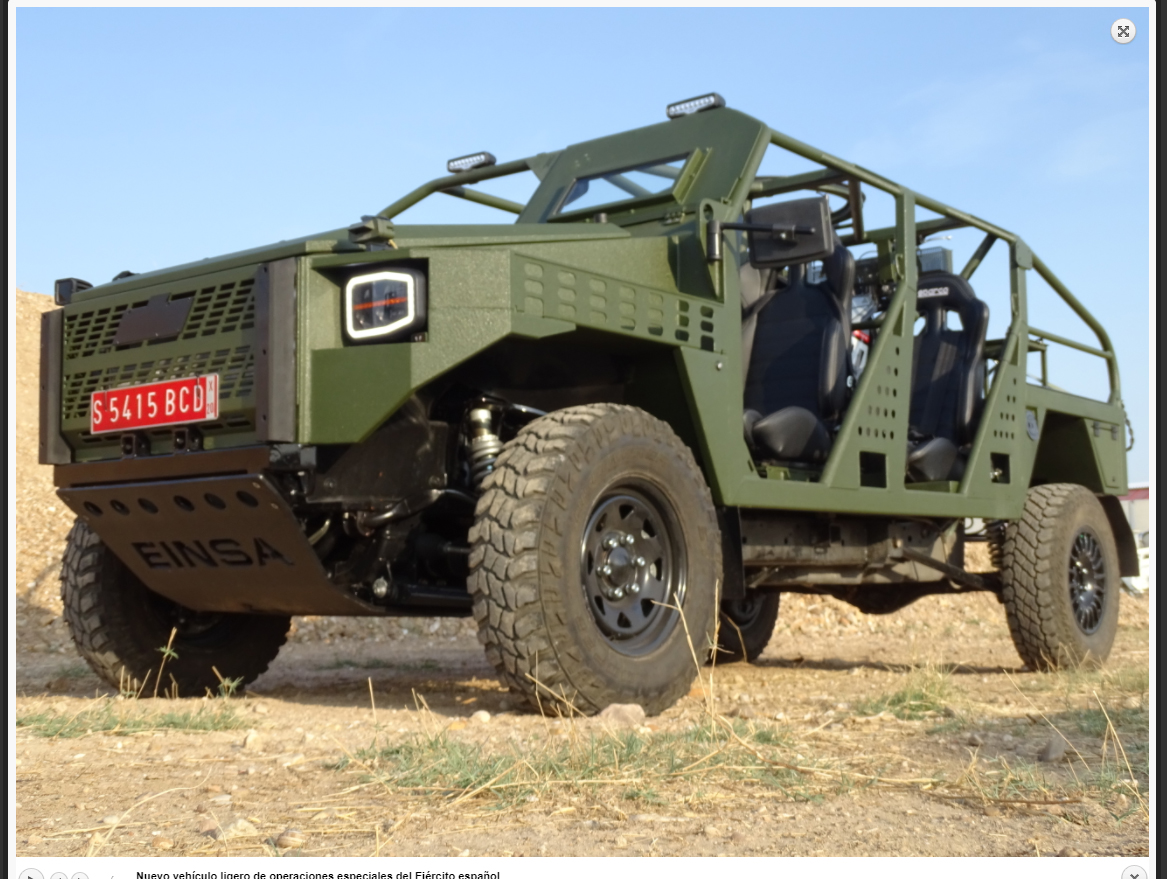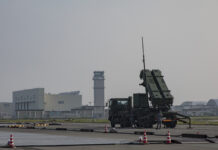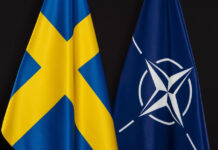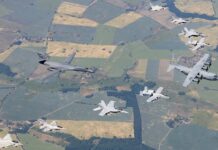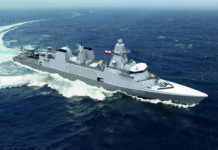The Spanish Army’s special forces, grouped in the Mando de Operaciones Especiales (Special Operations Command, MOE), are to receive a Light Tactical All-Terrain Vehicle (LT-ATV). The procedure for this procurement, through the NATO Support and Procurement Agency (NSPA) in the period 2021 to 2022, has already been initiated.
In November 2020, special vehicle manufacturer Einsa was contracted to supply 24 NETON vehicles, an open design based on the Toyota HILUX weighing approximately 3.5 tonnes. It can be airlifted, including by helicopter (such as the CH-47) and transport four people with equipment. Through the VAMTAC ST5, the MOE will also receive 20 (half of them have already been delivered) closed vehicles in the five-ton class (lightly protected according to Level Three as per STANAG 4569). The predecessors have proven themselves in large numbers during various missions.
The LT-ATV completes the vehicle equipment of the Spanish special forces with so-called quads. The open four or six-wheeled vehicles are intended for the transport of groups of two, or small squads, with material. The required transport in medium-sized helicopters (such as the TTH NH90) and the possible dropping by parachute limit the dimensions and maximum weight of the vehicle. The high time pressure for realisation draws attention to imported vehicles, such as the MRZR from Polaris, for which Germany recently signed a procurement contract.
Special Forces Mobility
The procurement of new vehicles for the MOE is related to the Spanish Armed Forces’ cross-service initiative to promote the mobility capacities also of the special forces of the Navy (Fuerza de Guerra Naval Especial) and the Air Force (Special Operations Air to Land Integration) as well as the paratroopers (Escuadrón de Zapadores Paracaidistas).
The vehicles serve primarily to increase the range of the special forces on the ground and to expand the scope of equipment that can be carried. Last but not least, machine guns mounted on the vehicles are used for self-protection.
Gerhard Heiming


